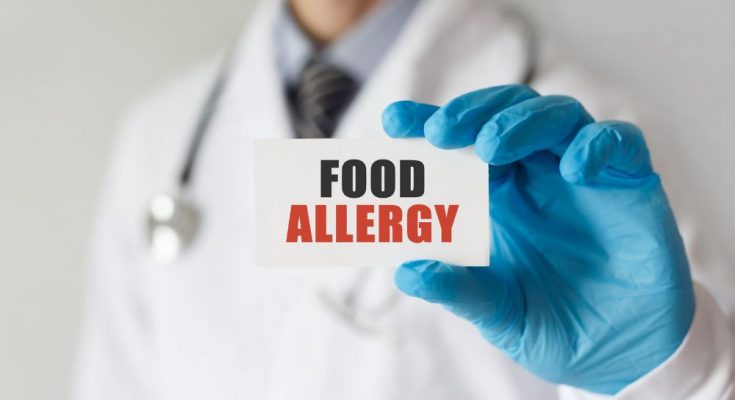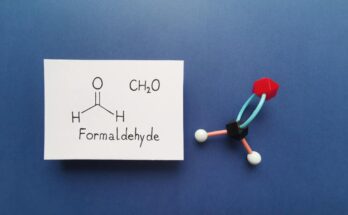Practicing food-inspection safety results in happier customers and better product reputation. Improper inspection can lead to food poisoning or even blood-borne pathogens in consumers.
So what are some of the worst food contaminants, and how can you find them? Let’s go over the different categories of food contamination, their origins, and their inspection methods.
The Four Main Food Contaminants
There are four common categories of food contaminants to be aware of: chemical, allergenic, microbial, and physical. Recognizing and avoiding these categories can protect your company’s reputation and your customers’ health.
Chemical Contaminants
Chemical contaminants occur when a chemical substance comes in direct contact with food. Products such as disinfectants can leave a chemical residue on surfaces used to prepare foods, quickly contaminating the food product. Other chemical contaminants, such as fertilizers and pesticides, can reach food before it enters the kitchen.
For food handling and preparation, always store chemicals away from food; keep food covered while you’re cleaning; follow chemical manufacturers’ instructions; and use approved food suppliers.
Physical Contaminants
Physical contaminants consist of foreign objects added to food during delivery and preparation. These can include bone, hair, plastic, cloth, insect and pest remains, and stones. These contaminants can cause significant harm to consumers, often resulting in choking, tissue punctures, and cracked teeth.
Proper prevention methods include reporting and replacing damaged equipment, following dress codes, maintaining a clean environment, and utilizing pest control.
Allergenic Contaminants
Allergenic contaminants can result in an allergic reaction when an individual with a sensitivity to the allergen consumes the food product. Some common allergens include nuts, milk, fish, eggs, and gluten, all of which can cross-contaminate during food preparation. So make sure you properly isolate allergens, thoroughly clean work surfaces, keep separate any tools and equipment that you use with allergens, and source food from an approved supplier.
Microbial Contaminants
Microbial contaminants are microorganisms such as viruses, bacteria, mold, fungi, and toxins. These can cause foodborne illnesses such as salmonellosis, campylobacteriosis, and listeriosis, and they commonly affect raw meat and produce that hasn’t been properly treated or stored.
Practicing high-standard food hygiene is crucial to minimizing the potentially hazardous effects of these contaminants. So ensure you wash raw fruits and vegetables, separate raw and ready-to-eat foods, maintain safe food temperatures, and practice good hygiene.
How To Find Food Contaminants
So how can you find food contaminants? Food preparation and processing safety prevent illness, infection, and injuries. Food should undergo testing and laboratory monitoring using industrial inspection equipment to determine if it contains toxic metals, organic pollutants, or pesticides. By practicing proper food preparation testing and processing, it can ensure your customers’ safety while supporting your product reliability. Industrial production and manufacturing inspection solutions help you meet customer requirements, foster repeat business, elevate reputation, and more.
Food contaminants can gravely impact your customers’ health and your company’s reputation. Take the additional steps to ensure that food measuring, packaging, and processing go smoothly and safely.



